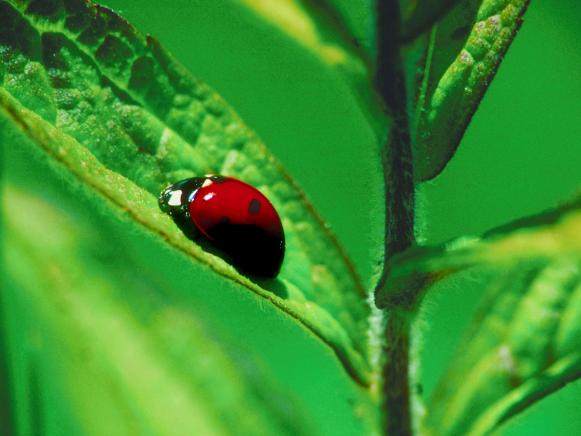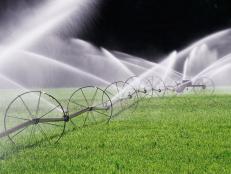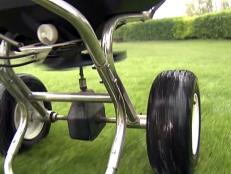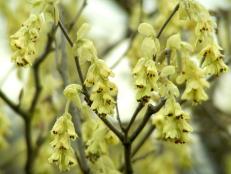The Lowdown on Garden-Friendly Bugs

Is there really such a thing as a good bug? Definition: A nice bug does no harm, meaning it's garden-friendly and doesn't eat any of your plants or crops. A really good bug eats those insects that do make mincemeat of your plants or crops. But understand, lots of good-bug behavior is hard to find. That's because much of it is out of sight. The stealth stage of most of these insects is the larvae, and that's why lifecycles are key. Even the most avid gardeners may not be interested in the reproductive cycles of the green lacewing, but when they realize that one prolific female lacewing could be responsible for wiping out 40,000 pests each season, hey, they get it: That's a great bug!
Ladybug
Both larvae and adults feed on aphids, the former devouring hundreds during development and the latter consuming thousands. Also favored are thrips, spider mites, mealybugs, soft scales, whitefly and a wide variety of other soft-bodied, plant-eating insects. By summer's end they may eat pollen.
Braconid Wasp
Braconid wasps have such a strong reputation as killers of pests that they are widely used in agriculture. A few adults prey on other adult insects, but most feed on pollen. It's the larvae that are extremely valuable controls of garden, farm and forest pests. Egg and larval stages of various braconid wasp species chow down on larvae, pupae or nymphs of numerous pest moths, aphids, beetles, flies, ants or other bugs.
Syrphid Fly or Hover Fly
Imagine a pest-killing machine devouring enormous numbers of aphids, up to 400 during this stage.
Green Lacewing
As with most garden "police" insects, the lifecycle is the secret and the law enforcement is all in the larval stage. Larvae, often called "aphid lions," are among the most efficient predators of aphids. They also prey on the eggs and immature stages of small, soft-bodied insects such as mealybugs, thrips, spider mites and leaf-hoppers.
Ground Beetle
Why they're good: A pest killer in two stages of its lifecycle, this beetle enjoys snails, slugs, cutworms, gypsy moth larvae, root maggots, tent caterpillars, Colorado potato beetle larvae and other pests that spend a stage of their lifecycle in the soil. Larvae feed on other ground larvae and insect eggs; one grub can eat at least 50 caterpillars.
Spined Soldier Bug
Another two-stage pest killer, the spined soldier bug effectively targets more than 100 insect pests, including caterpillars and grubs of gypsy and night-flying moths, Mexican bean and Colorado potato beetles and sawflies. It too has earned a place in the ranks of commercially available pest controllers, especially in the control of tent caterpillars. An adult uses its proboscis to pierce prey and then suck out the body fluids. On the downside, they sometimes will eat beneficial insects and occasionally their own young. Nymphs begin voracious feeding when 4 to 5 days old.













































